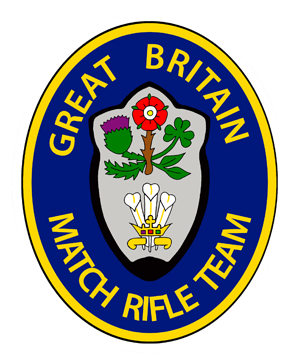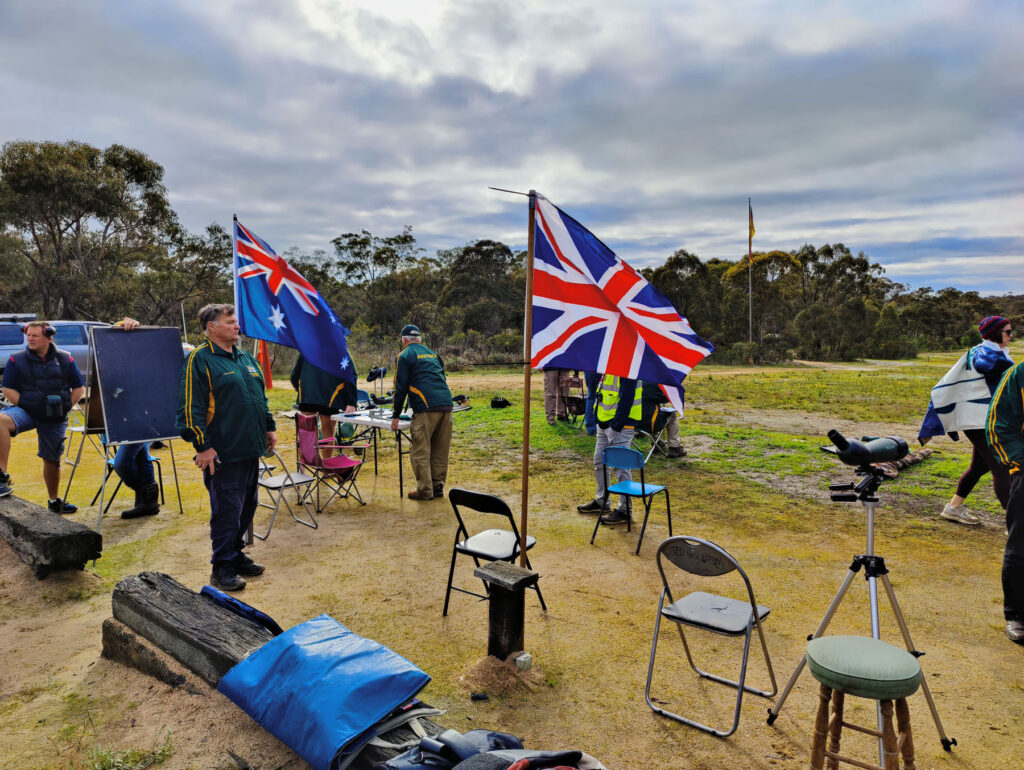
After two years of preparation and planning, the day of the Woomera Match finally arrived. The teams had been selected and all final preparation made. On the Great Britain team, a special mention should go to Fergus Flanagan, Fiona Day, Norman Clark and Sophie Wentges who all earnt their first GB cap.
The format of the Woomera is 2 sighters and 15 shots to count at each range by all of the eight firers per team. As with most teams matches, there is a time limit for the entire team to complete their shoots. For the Woomera, this is 100 minutes per range and the tactics employed as to how best use this time period can be crucial.
The teams assembled in time for a 9am start at 1000 yards. At this time of day, the winds were gentle as the heat of the sun hasn’t had time to warm up the earth. Each team chose to shoot quickly to take advantage of the gentle wind. As a result, 1000 yards was completed by both teams in less than half of the maximum allowable time. As would be expected, the standard of shooting was very high. Out of the 600 points available to each team, GB lost only 3 with Australia only a single point behind (597.73v to Great Britain and 596.63v to Australia). Matches are never decided at the first range, but it is vitally important to start a match well so you are not trying to regain lost ground later. Both teams achieved this and the closeness of this range was an indication of things to come.
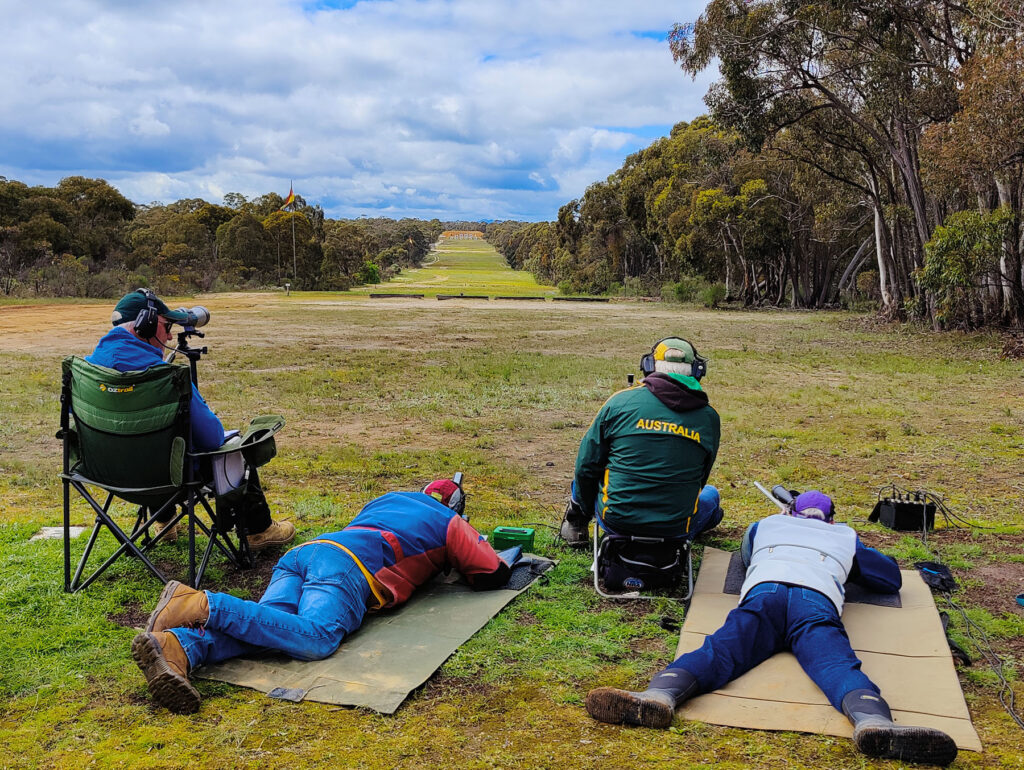
Before 1100 yards, there was however time for morning tea “in the bush”. This was a delicious tea and cakes provided by the ladies of the Stawell Rifle Club in the trees off to the side of the range. Just because we are fighting each other for this prestigious trophy doesn’t mean we don’t have time to come together for a spot of tea!
Whilst the wind at 1000yards was always coming gently from the left, at 1100 yards, the wind moved through zero and started coming from the right. As it did so, the strength was increasing and became a lot more changeable. The wind coaches therefore had to work hard to stay on top of the conditions, not only choosing the adjustment to make for the wind but also deciding when to shoot and when to wait hoping for better conditions.
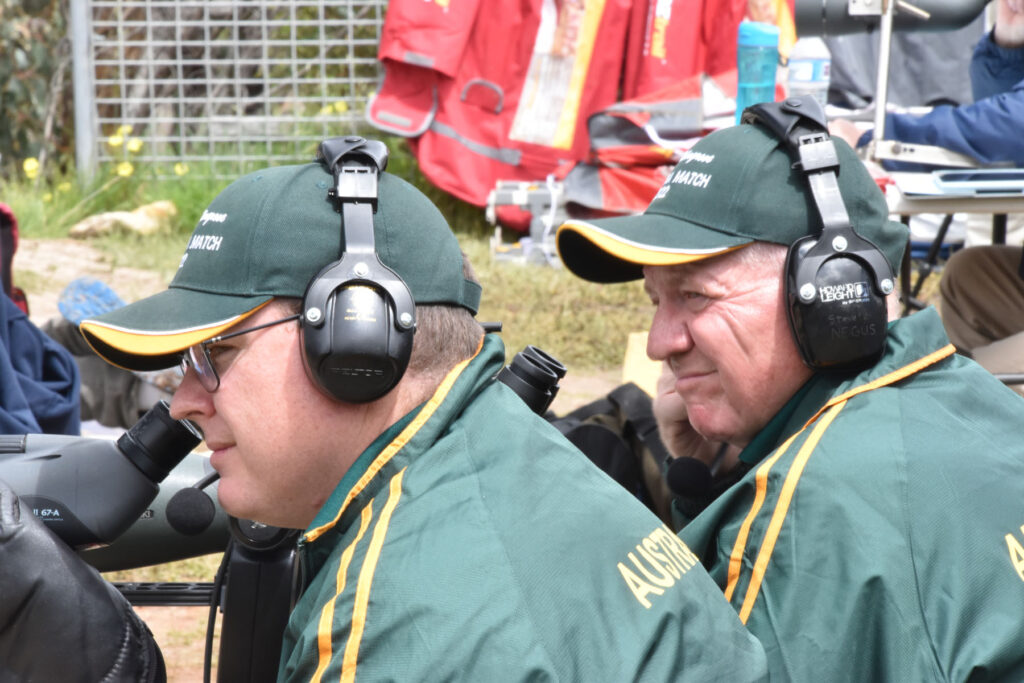
The Australian team handled these conditions better than the GB team, both in terms of their shooting accuracy and their ability to predict the wind. It was only due to a mechanical issue with one of their shooter’s rifle that Great Britain did not find themselves behind in the match. To Australia’s great credit they identified the source of the issue and were able to enact repairs very quickly. However not before a few points were lost. The scores at 1100 yards were tied, both teams making 584 out of a maximum of 600 for the range. Once again GB made a few more V-bulls (54 to Australia’s 50). Therefore instead of Australia taking the lead before the final range, the slender 1 point lead that GB had after 1000 yards was maintained. Out of a possible 1200, the scores were 1181.127v to Great Britain and 1180.113v to Australia.
Over lunch, the Great Britain team had to regroup and refocus. We knew that we could not rely on Australia having another mechanical issue to enable us to take home the Woomera. We would have to shoot straighter, predict the wind with greater accuracy and in general do better. The two years of preparation and training came down to 100 minutes of intense concentration and execution.
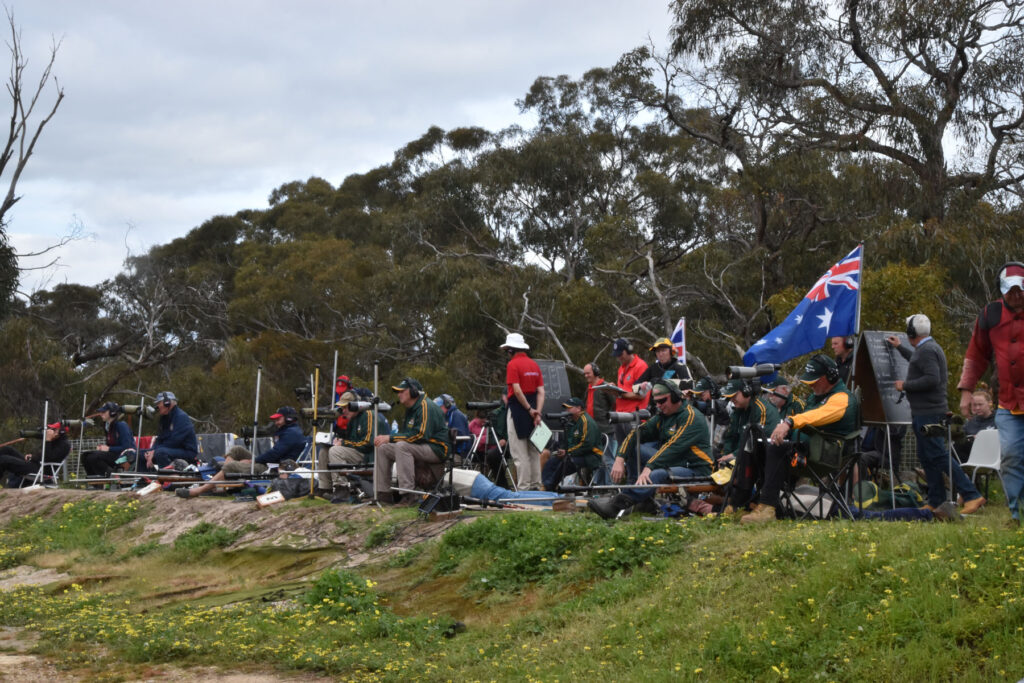
At the start of 1200 yards, the winds were changing rapidly. The tightness of the contest meant that neither team was willing to risk shooting in the uncertain conditions. This meant long periods of waiting for the wind to return to a known condition before an intense period of firing until the conditions changed again. The result was that it took almost forty minutes for the first firers to take their 15 shots. The tactic of waiting for the wind conditions to change was working with good scores being posted. However with three more firers on each target and only 60 minutes for them to complete their shoots, this is not a tactic that could continue indefinitely. The pace of shooting would have to increase.
Australia proceed through their shooters quicker than Great Britain. Although they were slowly slipping behind Great Britain (determined by comparing the number of points lost) Great Britain were almost two firers behind. This meant Great Britain had the potential to lose many more points than their apparent lead. In the end however, Great Britain held on to outscore Australia at 1200 yards by 583.43v to 571.39v. With this performance, Great Britain won the Woomera Match in 2022. The final score was 1764.170v to 1751.152v. To highlight the quality of the shooting in the match, Great Britain’s score set a record for the Woomera Match. The previous highest score was 1762 and was set in both 2006 and 2010.
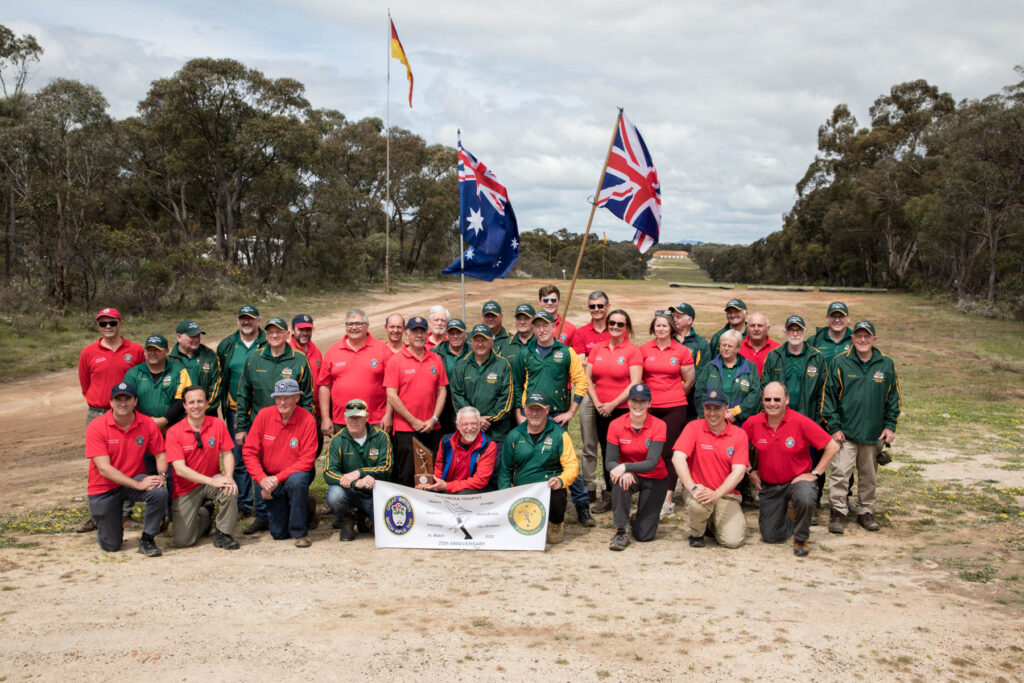
Three firers scored 223 (ex 225). Gary Alexander (Great Britain) was the highest on 223.24v, followed by Paul Monaghan (Australia) and John Lindsay (Great Britain) with 21 and 19 V-bulls respectively. A special mention must go to Shaun Wingrove (Australia) who had the mechanical issue at 1100 yards. He put that out of this mind and proceeded to shoot the only possible at 1200 yards, scoring 75.6v (ex 75.15v). A very impressive display of shooting and mental fortitude.
Although Great Britain won the Woomera in 2022, the closeness of the match and the high quality of shooting and coaching on display from Australia shows the challenge that we will face if we want to retain it in three years’ time.
After the match, there was the Woomera Dinner for both the Great Britain and Australian teams. This was held at the Seppelt Winery. Before dinner we were given a tour of the old barrel stores and the “drives” (underground caves that were used to store wine). As there are over 3km of tunnels underneath the Seppelt Winery, the tour only took in a small portion but it was very impressive. After dinner, prizes and trophies were awarded for the teams matches including the Woomera itself. These came with the customary speeches that an Australian prizegiving is known for.
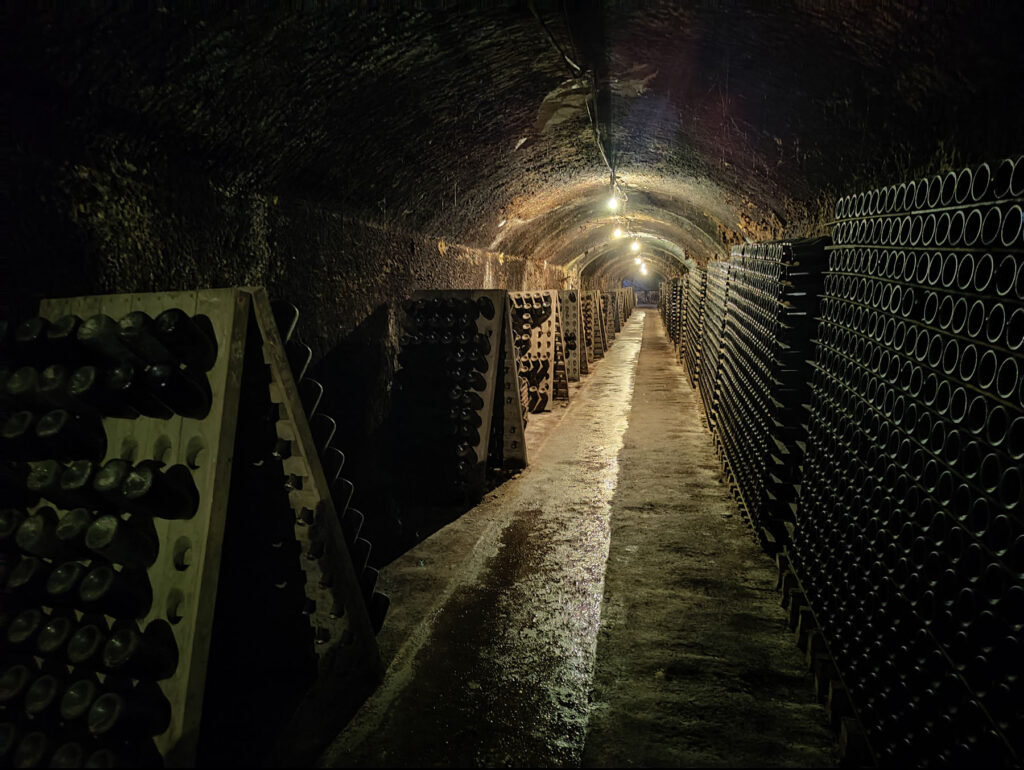
As this was our last night in Australia, it was also a time to give our thanks to all those who had helped, supported and made our tour so enjoyable. After the final farewells, it was time to head back to our accommodation to finish packing before our 8am departure for the airport and ultimately Great Britain.
Farewell Australia. We can’t wait to welcome you to Bisley in 2025.
